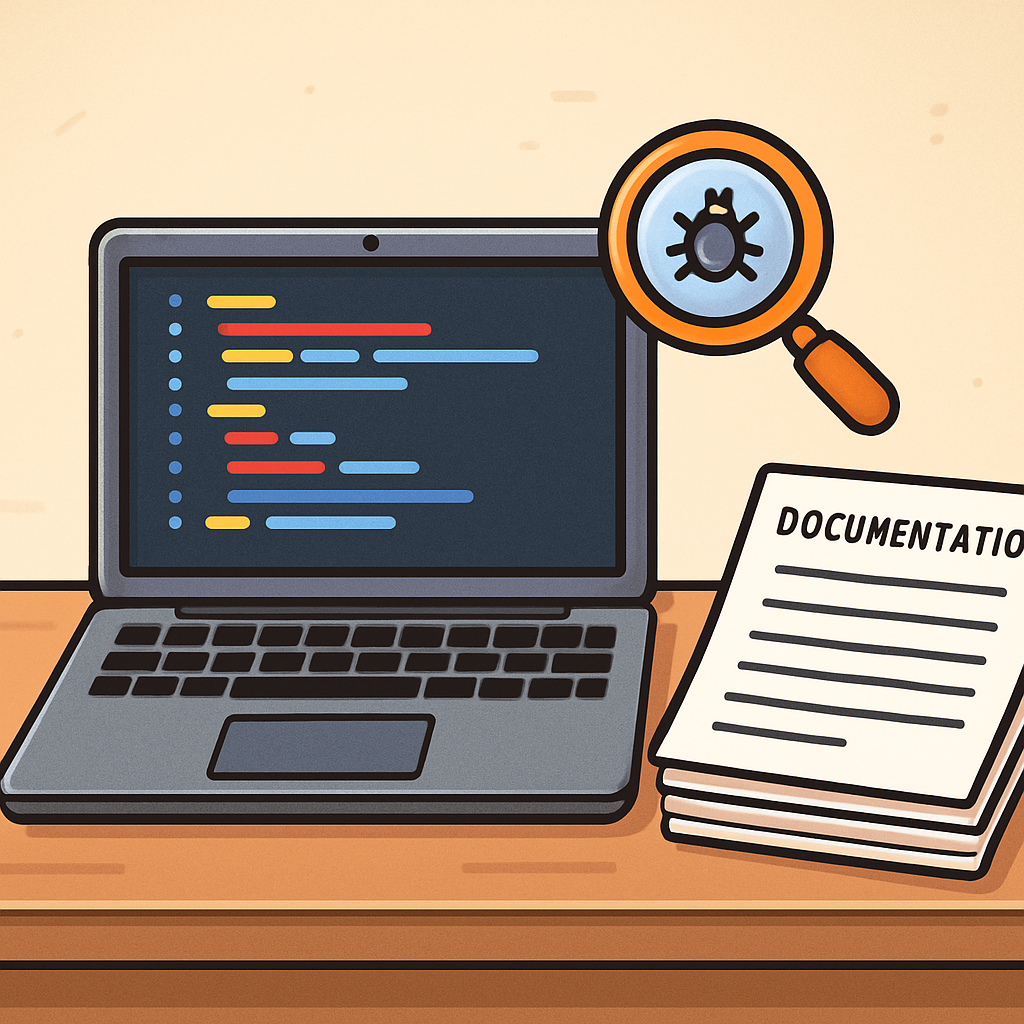 In this lesson, you'll build on your planning from previous lessons by coding the inputs, outputs, and system responses for your embedded system project. This is where your ideas start coming to life through actual programming, turning your design into a working prototype.
In this lesson, you'll build on your planning from previous lessons by coding the inputs, outputs, and system responses for your embedded system project. This is where your ideas start coming to life through actual programming, turning your design into a working prototype.
We'll guide you through reviewing your system plan, setting up your environment, coding input handling, controlling outputs, integrating them, debugging, and documenting your code. By the end, you'll have a functional embedded system that responds to real-world inputs.
Start by revisiting the embedded system design you created in previous lessons. This plan should outline the problem you're solving, the components involved, and how they interact.
Key Elements to Identify:
Refer back to your design documents or sketches. Ensure your plan aligns with user needs and uses abstraction to simplify complex interactions (e.g., treating a sensor as a simple 'read value' function).
| Component | Type | Purpose |
|---|---|---|
| Button | Digital Input | Trigger action |
| LED | Digital Output | Indicate status |
| Temperature Sensor | Analogue Input | Measure environment |
If needed, update your plan to include any new ideas.
Before coding, ensure your development environment is ready for programming your embedded system.
Steps to Follow:
Now, write code to read data from your input devices. Focus on handling signals correctly, whether digital or analogue.
Approach:
initialize input pin // e.g., for button or sensor
loop forever:
input_value = read from input pin
if analogue:
converted_value = map input_value to real unit // e.g., voltage to temperature
print input_value // or store it
wait 0.5 seconds
Run and test: Press the button or change the sensor condition and observe the output. Fix any reading errors.
Next, develop code to control your output devices. Use conditions or loops to make them respond based on logic.
Approach:
initialize output pin // e.g., LED
loop forever:
if condition met: // e.g., timer or simple check
set output pin to high
else:
set output pin to low
wait 1 second
Test it: Ensure the output activates as expected.